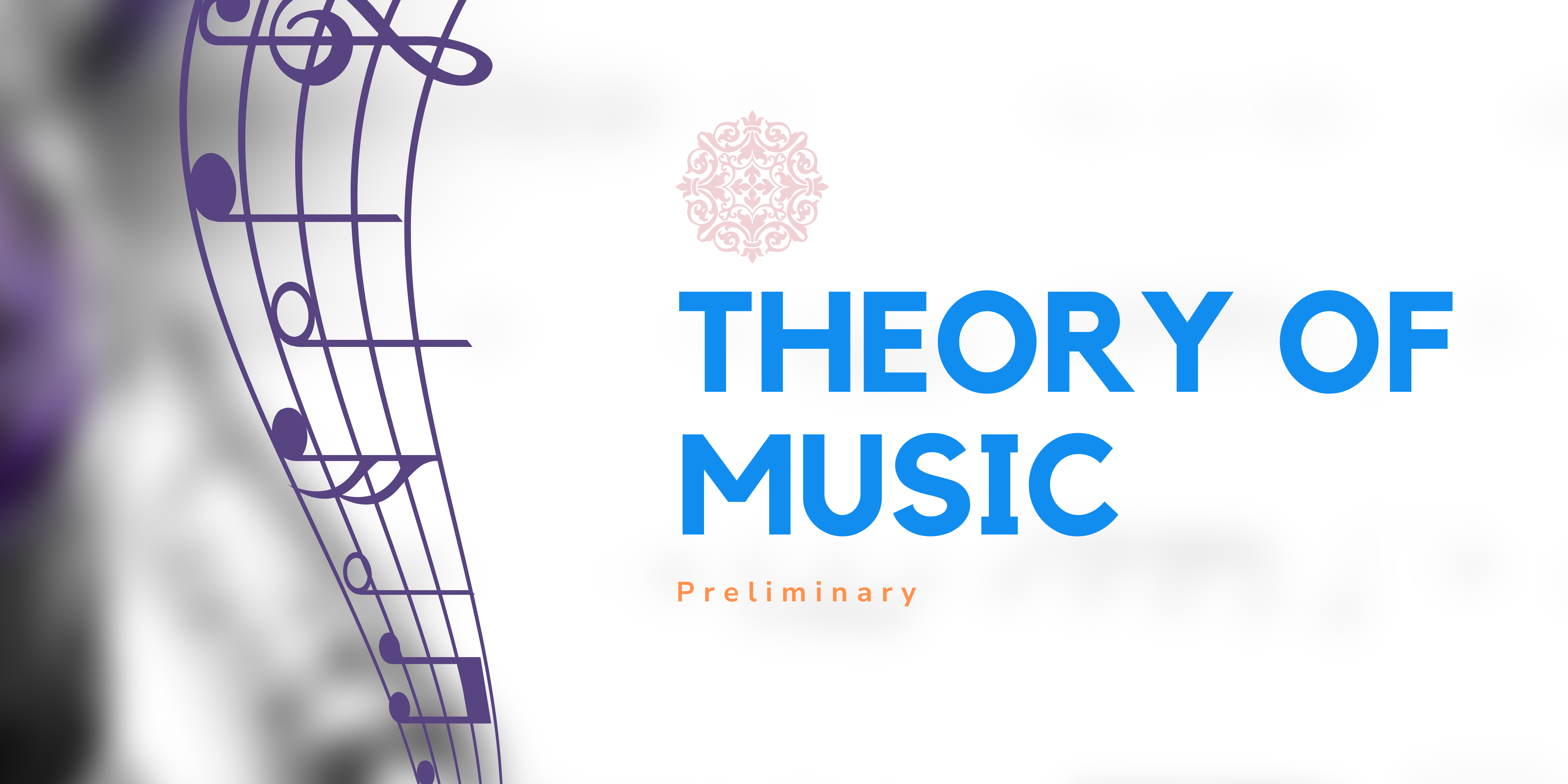Learn music in a fun way

About Course
Welcome to our Beginner’s Theory of Music Course, where the world of music awaits! This course is your passport to understanding the language of music, unlocking the secrets of melody, harmony, and rhythm. Whether you dream of composing your own music, playing an instrument, or simply appreciating the music you love, this course will guide you every step of the way.
Discover the Building Blocks of Music
Through interactive lessons and hands-on exercises, you’ll learn the fundamental elements of music theory, including:
-
Reading sheet music and understanding notation
-
Recognizing key signatures and scales
-
Understanding rhythm, meter, and tempo
-
Exploring chord progressions and harmony
-
Composing your own music
Unleash Your Creativity
Our course is designed to inspire and motivate, with engaging activities and real-world examples to help you apply music theory to your everyday life. You’ll gain confidence in your musical abilities, develop your critical thinking skills, and cultivate a deeper appreciation for the music that moves you.
Join a Community of Music Lovers
Connect with fellow students and instructors who share your passion for music. Ask questions, share your work, and learn from others in a supportive and encouraging environment.
Start Your Musical Adventure Today!
Enroll in our Beginner’s Theory of Music Course and embark on a journey that will enrich your life with the beauty and joy of music. Let’s make music together!
REMEMBER ! THIS COURSE WILL GET LIFETIME UPDATES
Course Content
What is Music, Staves and Staffs
-
Lesson One
17:35 -
Staffs /Staves
Notes, Values and Clefs
Dotted Notes and Rest
Key Signature & Major Scales
Time Signature
Music Terms and Signs
Bonus Lessons
Student Ratings & Reviews

No Review Yet